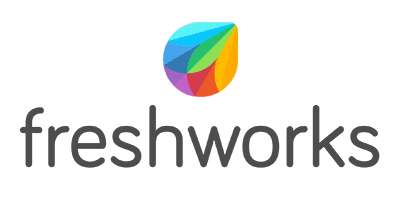When was the last time you truly checked where your customers are coming from? Not just what your Google Analytics dashboard says. Not just what your marketing manager assumes based on last month’s traffic.
Today’s customer journeys are more unpredictable, more fragmented, and more AI-influenced than ever. A buyer might first hear about you from a five-second clip on Instagram Reels, click a creator’s affiliate link in a group chat, research you via an AI assistant like Perplexity, and finally convert after an abandoned cart email hits just right.
AI-powered tools, paired with social platforms that reshaped influence, have led to a dramatic shift in customer behavior over the past few years. The old playbook is falling apart, and your ability to grow depends on making sure you know where your customers come from.
Are you ready to have a look? Let’s go!
#mc_embed_signup{background:#fff; false;clear:left; font:14px Helvetica,Arial,sans-serif; width: 600px;}
/* Add your own Mailchimp form style overrides in your site stylesheet or in this style block.
We recommend moving this block and the preceding CSS link to the HEAD of your HTML file. */
Sign Up for The Start Newsletter
(function($) {window.fnames = new Array(); window.ftypes = new Array();fnames[0]=’EMAIL’;ftypes[0]=’email’;fnames[1]=’FNAME’;ftypes[1]=’text’;fnames[2]=’LNAME’;ftypes[2]=’text’;fnames[3]=’ADDRESS’;ftypes[3]=’address’;fnames[4]=’PHONE’;ftypes[4]=’phone’;fnames[5]=’MMERGE5′;ftypes[5]=’text’;}(jQuery));var $mcj = jQuery.noConflict(true);
The New Customer Journey: Fractured, Fast, and AI-Influenced
The idea of a neat, linear customer journey—awareness, to interest, to decision, to purchase—is dead. Buried somewhere between open browser tabs and TikTok scrolls.
Also, people have new needs that they want to solve in the most convenient way possible. According to a recent Think with Google report, 15% of everyday search queries are completely new. Plus, everyone likes different methods of online shopping (from using apps to social media stores to the good-old on-site purchases).
Multiple Touchpoints, Low Predictability
Verizon Small Business Digital Ready
Find free courses, mentorship, networking and grants created just for small businesses.
Before the online world became so diverse, it was easy to identify how customers came into contact with your brand and which of these channels led to more sales. But things are not that simple anymore.
Some of these touchpoints don’t show up in your analytics, especially when they happen in places like:
- Private Slack or Discord groups
- AI chat interfaces like ChatGPT, Claude, or Perplexity
- Direct messages and dark social channels
- Podcast mentions or newsletter shoutouts
Unless you find more creative ways to track your target audience’s behavior and interactions with your brand, you may be in the dark about what’s truly going on in the market. One great way to deepen your understanding is by using smart platforms that track competitors’ website traffic (especially bigger brands) to uncover which channels drive their growth.
Brand mentions monitoring, heatmaps, and even AI chatbots can also help add more insightful data.
AppSumo
AppSumo is the store for entrepreneurs. We curate essential software deals that every entrepreneur needs to run their business.
AI Is Leading the Change
AI-powered search tools, recommendation engines, and personal assistants are the first line of discovery for millions of users and influence purchase decisions. AI-enabled chatbots and virtual assistants guide users through catalogues, preferences, and even virtual try-ons, boosting confidence and conversion.
Additionally, many businesses use AI to generate content and find new ways to interact with their users. For instance, advanced text-to-speech technology, such as Voice AI, is excellent for delivering brand messaging in a more dynamic and personal manner. This can revolutionize how your brand resonates across diverse platforms, from virtual assistants to interactive voice response systems.
Overall, what used to be SEO territory is now being disrupted by generative results and AI. For startups, this means two things:
- You no longer need a huge ad budget. All you need is imagination and proficiency with using AI-powered tools.
- Your brand can fly completely under the radar. This tends to happen to those who stick to the traditional marketing handbook and don’t strive to change with the times.
The takeaway: If your growth strategy still relies on assumptions about “the funnel,” you’re leaving money — and customers — on the table. It’s time to rethink discovery as a chaotic, tech-fueled landscape where speed, trust, and visibility win.
Campaigner Marketing
Drive higher ROI, grow your audience and build more loyal customers with Campaigner’s advanced email marketing features.
New Channels to Keep an Eye On
The digital landscape is evolving fast, and with it, the places customers discover, trust, and engage with brands.
For instance, even though search engines are holding onto their lead position (for now), AI assistants like ChatGPT, Perplexity, Claude, and Gemini aren’t that far behind. A recent study shows that search engines experienced a YoY decline of 0.51% between April 2024 and March 2025.
This may not look like much now, but other data shows this is about to become a landslide. When over 40% of respondents report using AI tools to research products and 17% say AI is their main source of information when making a purchasing decision, you know things are going to change fast.
Next, we have micro and nano creators (with 1K–50K followers) who lead tightly focused communities. Unlike mega influencers with diverse audiences and costs fit for big budgets, the small creators are the perfect fit for startups. They can drive up significant sales, especially on platforms like TikTok, Instagram Threads, or Discord. These creators bring built-in trust, deeper engagement, and direct access to motivated buyers.
Lastly, it’s important to know that customer conversations are shifting away from public comment sections and into closed environments: Slack groups, WhatsApp threads, Telegram channels, and DMs. These channels are hard to track, but incredibly powerful when leveraged correctly (via referral programs, shareable assets, or ambassador incentives).
Data, Decisions, and Privacy Features
Modern customers are harder to track and predict. People today are more privacy-conscious and demand control over how their data is used. They’re also less likely to make impulse buys and would rather do their research using various channels.
This shift is also reflected in the tools you’re using. Google is shifting toward privacy-first experiences, and Apple, Firefox, and global privacy laws (like GDPR and CCPA) have already made third-party tracking less effective.
However, traffic monitoring and third-party data are not the only methods for gathering information on your customers. In a world filled with smart tools, you can use them to have a conversation with your audience through first-party data.
Here’s what that looks like:
- Email and SMS offer the best ROI when used with segmentation and behavior-based triggers.
- Loyalty programs can become insight engines.
- Onboarding quizzes, account creation flows, and chatbots can replace passive tracking with active preference collection.
All these tools allow buyers to feel in control of the data they share with their favorite brands. Given that Gen Z and Millennials are wary of excessive data tracking, this can be a step in the right direction for establishing trust and respecting boundaries.
The Link Between Data and Decision
In today’s day and age, data is easy to find and collect. Yet, 36% of consumers feel that brands aren’t using this data to create genuine personalized experiences.
If you aren’t using your data to segment audiences and tailor content, offers, and messaging to individual needs, you’re leaving money on the table. For example, instead of sending blanket promotions, you can trigger product recommendations based on past activity or abandoned carts.
The key is to be subtle and relevant—personalization should feel helpful, not intrusive. Done well, it builds trust, boosts engagement, and increases conversion without overwhelming the customer.
And remember: You have the tools to do all these without having to invest in a large team of marketing specialists and data scientists. Even better, these tools and platforms are specialized per industry and niche, so nothing gets lost through the cracks.
Say your startup is part of the steel industry. Here, you have to deal with intricate supply chains, complex internal processes, and highly specific customer behavior and needs. You can’t just wing it.
You need a specialized ERP software for steel industry operations to provide you with the oversight to streamline production, manage vast inventories, and ensure timely delivery. This is the best way to keep customer satisfaction and retention growing.
SalesForce
AI + Data + CRM = more sales and happier customers.
Start or grow your business with the #1 CRM. Salesforce now has AI tools that helps you connect with your customers in a whole new way.
How to Grow With Limited Resources
Startups aren’t known for their big advertising budgets, and financing is not that easy to come by nowadays, so how can you adjust to all these new channels and market shifts?
The secret stands in the very new technology we’ve been talking about up until this point. Low-code and AI-powered tools are leveling the playing field, allowing small teams to automate everything from customer service to lead scoring without bloated budgets or dev teams.
Furthermore, you can use smart tools to repurpose content across multiple channels, using one idea to drive impact in different formats. Also, it’s best to focus on content that compounds, such as blogs, short-form video, and strategic partnerships.
Email marketing and community-building, especially through platforms like Substack (interesting newsletters are perfect for engagement), Discord, or niche Slack groups, offer high engagement at low cost.
Still, expanding into new channels and adopting new technologies can be straining for a startup budget. If this is the case, look for financing options that are easier to access (like debt relief) to free up capital to invest in the very channels and technologies that will drive future customer acquisition and ensure long-term stability in a competitive market.
The Bottom Line
The way customers discover, evaluate, and choose brands has changed. But this is good news, especially for small businesses!
It means there’s room for you to punch above your weight, outsmart bigger players, and build lasting relationships using smarter tools and sharper insights.
You don’t need a massive budget to make meaningful growth happen. But you do need clarity on where your customers are coming from, what they care about, and how to meet them with authenticity. Focus on what works, stay agile, and build from there — the future is yours to shape!
Photo by Pixabay
The post Where Customers Are Really Coming From in 2025: New Data, New Channels appeared first on StartupNation.







